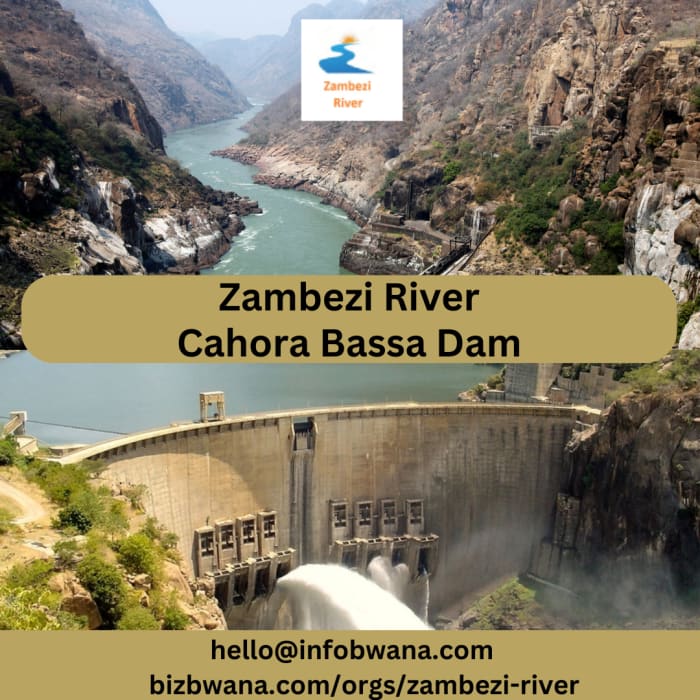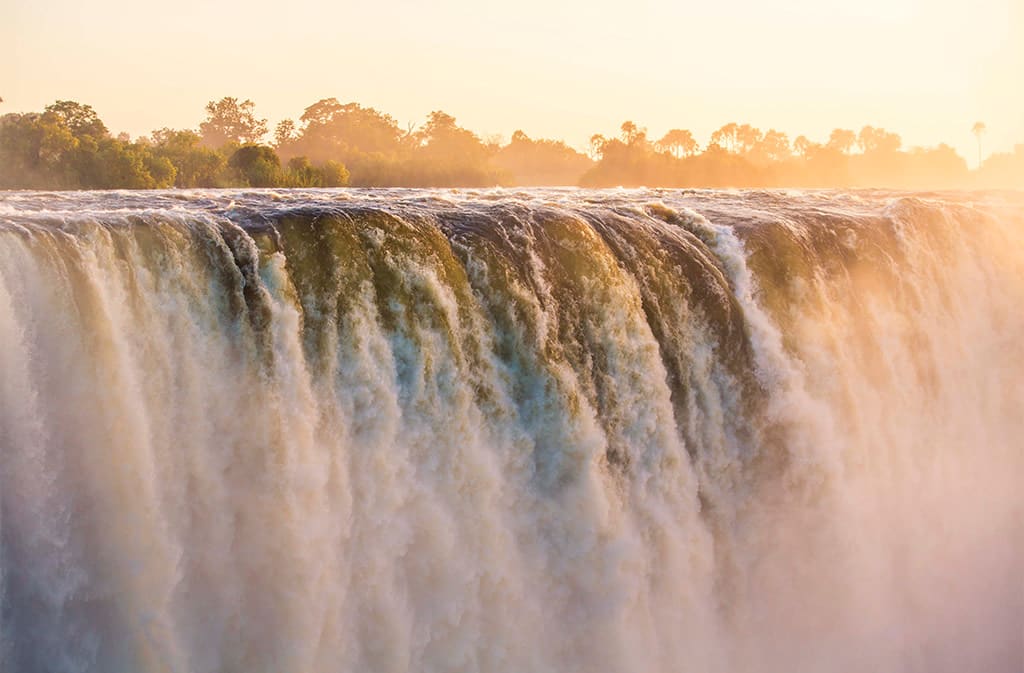
Home to two hydroelectric dams that have played a crucial role in harnessing the river's immense power for electricity generation
The Zambezi River, one of Africa's major waterways, is home to two hydroelectric dams that have played a crucial role in harnessing the river's immense power for electricity generation. The most notable dams on the Zambezi include the Kariba Dam and the Cahora Bassa Dam.
1. Kariba Dam:
- Location: Straddling the border between Zambia and Zimbabwe, the Kariba Dam is one of the largest dams in the world.
- Electricity Generation: The dam has a total capacity of about 1,626 megawatts and plays a vital role in providing electricity to both Zambia and Zimbabwe.
- Economic Benefits:
- Power Supply: The electricity generated by the Kariba Dam is a significant source of power for both Zambia and Zimbabwe, contributing to the development of industries, businesses, and households.
- Regional Stability: The shared operation of the dam fosters cooperation and economic ties between the two countries, promoting regional stability.
- Tourism: The creation of Lake Kariba, the reservoir formed by the dam, has not only facilitated water supply but also become a popular tourist destination for activities such as fishing and wildlife safaris.
2. Cahora Bassa Dam:
- Location: Located in Mozambique, the Cahora Bassa Dam harnesses the Zambezi River's flow for electricity generation.
- Electricity Generation: With a capacity of approximately 2,075 megawatts, the dam significantly contributes to Mozambique's power supply.
- Economic Benefits:
- Domestic Power Supply: Cahora Bassa Dam plays a crucial role in meeting Mozambique's growing energy demands, promoting industrial growth and economic development.
- Export of Electricity: The surplus electricity generated by the dam is often exported to neighboring countries, contributing to regional energy security.
- Revenue Generation: Through the sale of electricity, Mozambique generates revenue that can be reinvested in infrastructure, healthcare, education, and other critical sectors.
Overall Economic Benefits:
- Job Creation: The construction and maintenance of hydroelectric dams create job opportunities, benefiting local communities.
- Infrastructure Development: The establishment of these dams often involves the construction of roads and other infrastructure, improving accessibility and connectivity in the region.
- Diversification of Energy Sources: Hydroelectric dams provide a reliable and renewable source of energy, reducing dependence on fossil fuels and promoting environmental sustainability.
Despite the economic benefits, it's essential to acknowledge the environmental and social impacts of large-scale hydroelectric projects, such as displacement of communities, alteration of ecosystems, and potential downstream effects. Balancing economic gains with environmental and social considerations is crucial for sustainable development.

